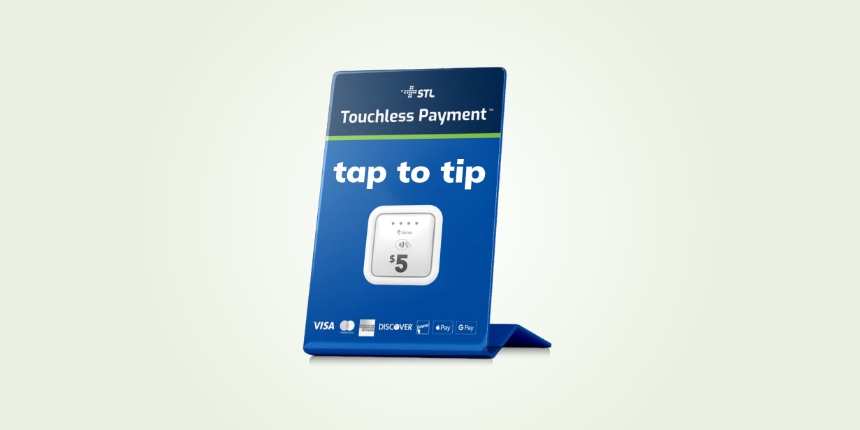Guest Blog: Solving the Motorcoach Industry’s Biggest Problem

 From airport and hotel shuttles, to scheduled and charter/tour buses, whether we are traveling for leisure or business, motorcoach ground transportation helps get you where you need to go.
From airport and hotel shuttles, to scheduled and charter/tour buses, whether we are traveling for leisure or business, motorcoach ground transportation helps get you where you need to go.
Over the last 75 years, this industry has grown to become an integral part of daily life, so much so, that the average person interacts with it without even thinking much about it. We have grown to expect ground transportation services to be available where we want and when we want. Today, the motorcoach industry is facing one of its biggest challenges, attracting and retaining a qualified pool of drivers so that a motorcoach company has less cancelations and may be able to add routes to their schedule, all of which provides more options for customers and ultimately income to drivers and the motorcoach industry.
With a steep increase in cost of living, combined with a national labor shortage, workers are demanding more from their employers in the way of total compensation packages. To meet this, employers have raised wages, offered incentives, and issued bonuses. Unfortunately, these measures are not sustainable. In the transportation industry, major increases in the cost per available seat mile can lead to reductions in service, or entire routes being removed to help manage costs. Ground transportation service providers must find a way to increase a driver’s total compensation, without heavily impacting their costs and maintain the level of service the public demands.
A 2003 Forbes study shows that 75 percent of people will tip service providers in the hospitality sector if given the opportunity. However, according to Pete Borowsky, president of STARR Bus Charter & Tours in Trenton, N.J., motorcoach drivers receive tips less than 5 percent of the time. The most optimal time to tip a driver would be after the trip is completed. Some operators have looked at implementing QR codes, Venmo or PayPal to try to support tipping, these have proven to be ineffective because of the multiple steps required by the customer to execute. This often leaves tipping in this sector to be dependent on cash. According to Cash Matters – 2023 Payments Report cash only accounts for 16 percent of global transactions, and the reality is people just don’t carry cash as often.
The implementation of a digital tipping solution provides a fast, easy and effective way for customers to tip drivers using their preferred payment method of cards or digital wallets.

Digital tipping solutions will not only increase the frequency of riders tipping, but it can push the average tip higher as well. Estimates show that the implementation of a digital tipping solution can increase driver tips by more than 300 percent. As the average driver earns $22 per hour, this can significantly increase their overall compensation.
Across all tiptap customers, the tap to tip solution is generating on average $621 per month in gratuities. For a part-time driver working 80 hours a month, this would result in a significant increase in pay. According to the UC Berkeley Labour Center more than 52 percent of families of hospitality workers are enrolled in one or more public assistance programs, with one in five below the poverty line. Any increase in pay supports independence from these programs.
Want to learn more about how you can be a leading employer?
Motorcoach companies throughout North America are looking for new and creative ways that allow them to attract and retain top talent. Reach out to ABA partner Worldpay (Des Docherty – [email protected] or 415.480.9001) today for a more information on tap to tip and Worldpay’s other payment solutions.

